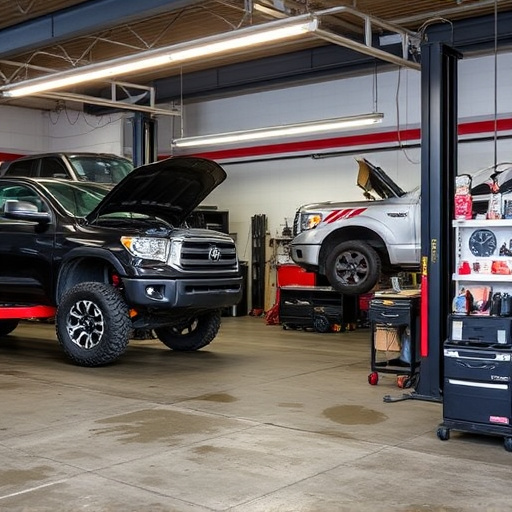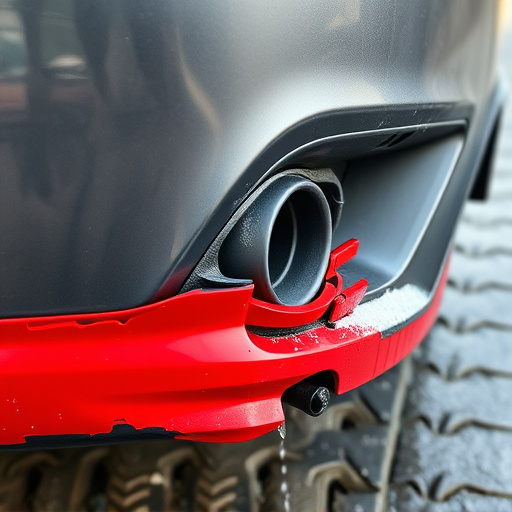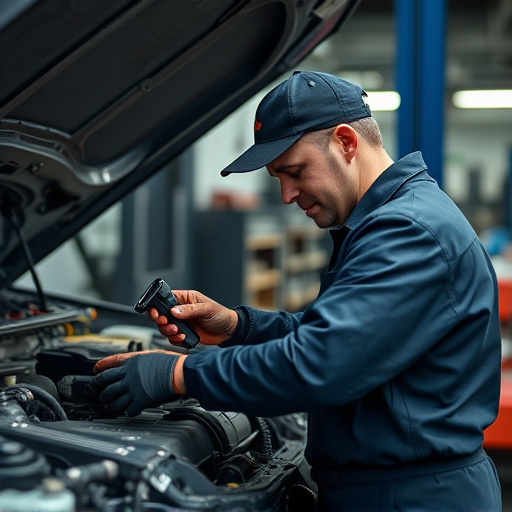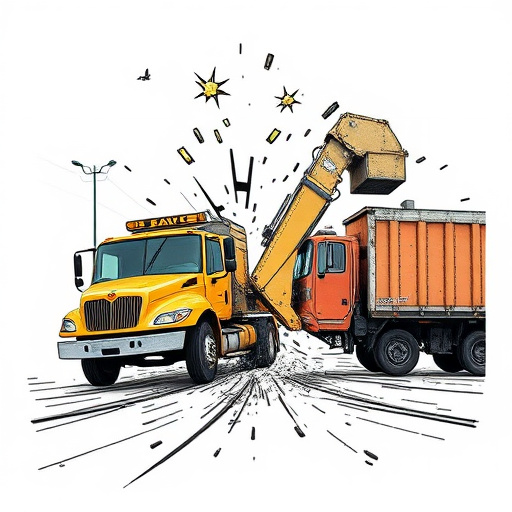A brake system collision check is a critical safety procedure for Mercedes-Benz vehicles, thoroughly assessing braking components for optimal performance and safety during collisions. Training involves interactive sessions, virtual reality simulations, and live demonstrations to equip teams with efficient skills, enhancing their ability to handle tasks like auto glass replacement. Implementing strict safety protocols, including PPE and structured training, ensures precision, consistency, and adherence to guidelines, leading to safer, more effective operations.
In today’s automotive landscape, ensuring safe driving practices is paramount. One critical aspect often overlooked is proper training in brake system collision checks. This comprehensive guide delves into the essentials of these checks, exploring effective training methods for mechanics and drivers alike. We’ll uncover strategies to implement and monitor safety protocols, empowering teams to identify potential issues proactively, thereby enhancing road safety through meticulous brake system collision check procedures.
- Understanding Brake System Collision Checks
- Training Methods for Effective Skill Development
- Implementing and Monitoring Safety Protocols
Understanding Brake System Collision Checks

A brake system collision check is a critical safety procedure that involves meticulous inspection and testing of a vehicle’s braking components to ensure they function optimally and safely in the event of a collision. This process goes beyond a simple visual examination, delving into the intricate mechanics of the brake system to identify any potential issues or wear and tear. It includes verifying the condition of pads, rotors, calipers, and other related parts, as well as checking for proper fluid levels and pressure.
For vehicles like Mercedes-Benz, renowned for their precision engineering, these checks are even more vital. While automotive body work and auto glass replacement may address external damage from collisions, a thorough brake system collision check ensures that the car’s internal braking mechanisms remain intact and effective, preventing future accidents and safeguarding lives on the road.
Training Methods for Effective Skill Development

Training methods play a pivotal role in equipping automotive teams with the skills needed for efficient brake system collision checks. Interactive and hands-on training sessions are highly effective, allowing technicians to gain practical experience in simulated crash scenarios. This immersive approach enables them to understand the intricate dynamics of vehicle collisions and the subsequent impact on brake systems. By participating in these exercises, team members can develop a keen eye for identifying potential issues and learning the best practices for performing thorough inspections.
Diverse training techniques, such as virtual reality simulations and live demonstrations, offer comprehensive learning experiences. Virtual reality offers a safe and controlled environment to navigate complex collision scenarios, while live sessions provide real-time feedback and guidance. Combining these methods ensures that auto repair teams are well-prepared to handle various challenges associated with brake system collision checks, ultimately enhancing their efficiency and safety when performing critical auto glass replacement and car paint services as part of their auto repair services.
Implementing and Monitoring Safety Protocols
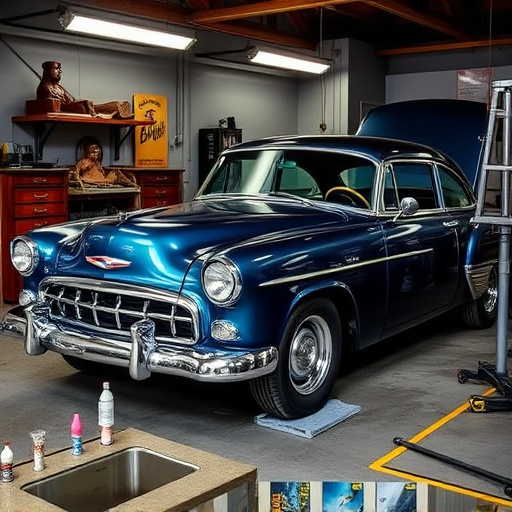
Implementing and monitoring safety protocols is paramount when training teams to perform efficient brake system collision checks. This involves establishing clear guidelines for each step of the inspection process, ensuring every team member understands their role and responsibilities. Regular, structured training sessions, coupled with practical demonstrations, can help instill these protocols effectively. Safety measures also encompass the use of appropriate personal protective equipment (PPE) and maintaining a safe workspace. By prioritizing safety from the outset, teams can conduct collision checks with enhanced precision and consistency, minimizing errors that could lead to costly dent repairs or even fender repairs.
Monitoring the adherence to safety protocols is an ongoing process. Supervisors should regularly inspect work areas, checking for compliance with established guidelines and addressing any deviations immediately. This proactive approach not only ensures the well-being of team members but also maintains the integrity of the brake system collision check procedures. Moreover, documenting these checks and their outcomes can serve as a valuable reference tool, allowing teams to learn from each inspection and continually refine their practices, ultimately leading to safer, more efficient operations.
Training teams to perform efficient brake system collision checks is a vital step in enhancing vehicle safety. By understanding the importance of these checks, employing innovative training methods, and rigorously implementing safety protocols, organizations can ensure their drivers are well-equipped to prevent potential accidents. This comprehensive approach not only reduces the risk of collisions but also fosters a culture of safety within the team, ultimately contributing to smoother operations and reduced liabilities.




